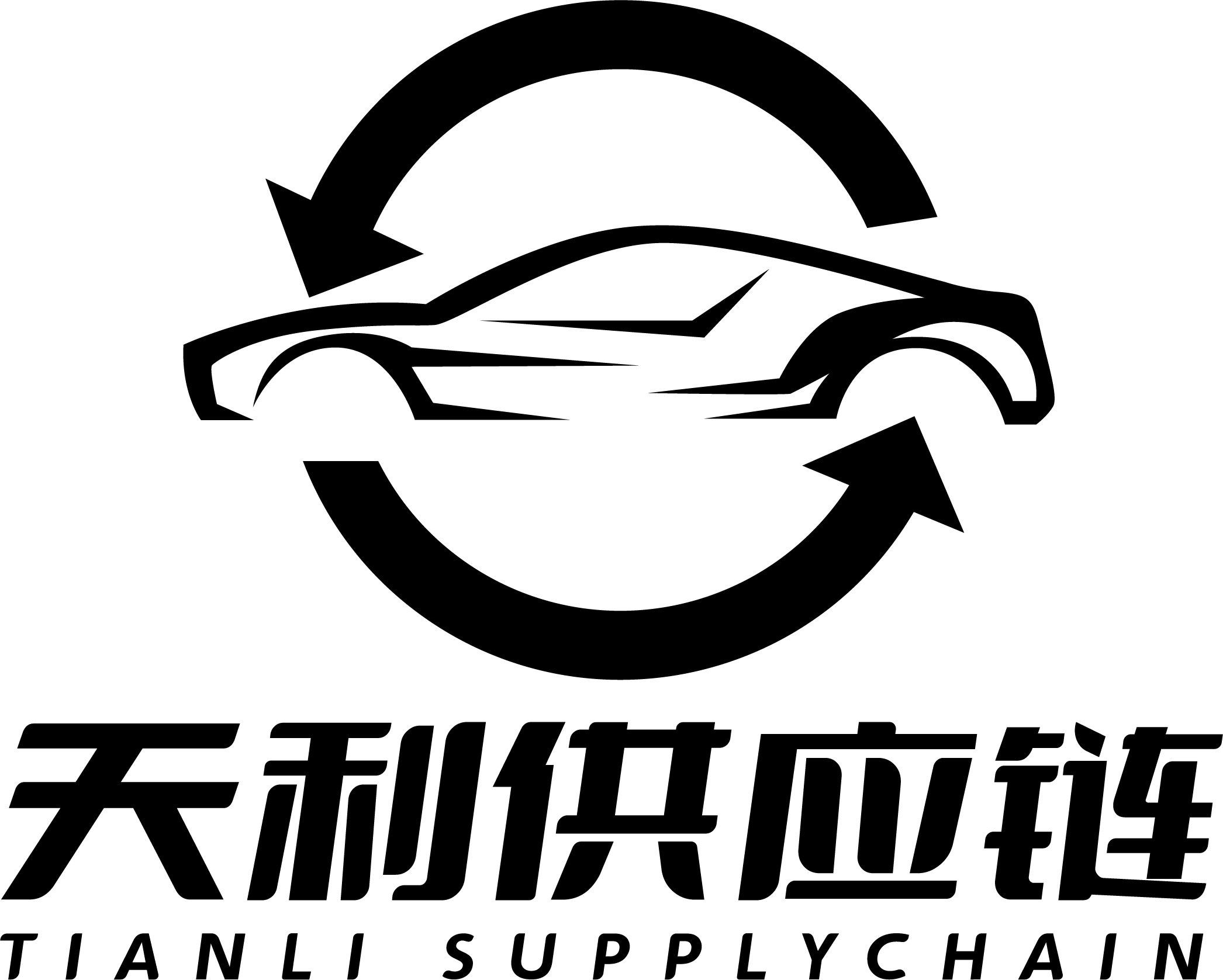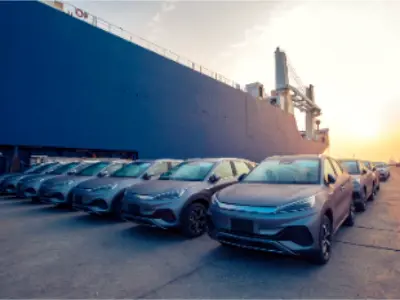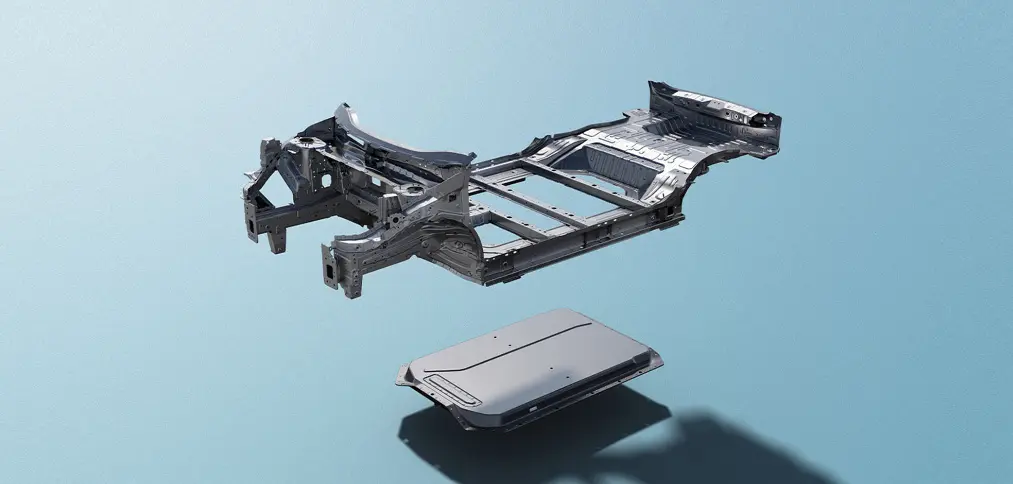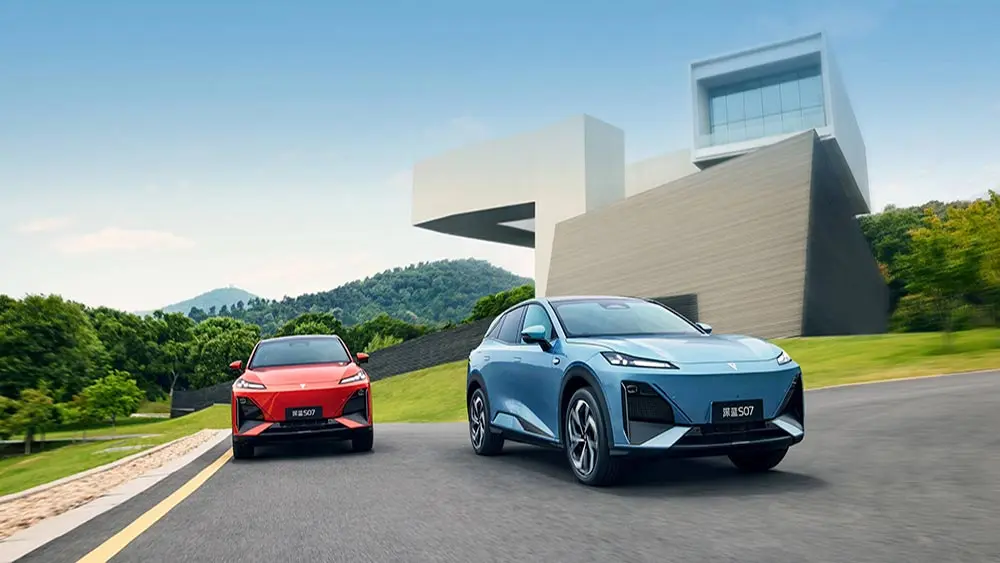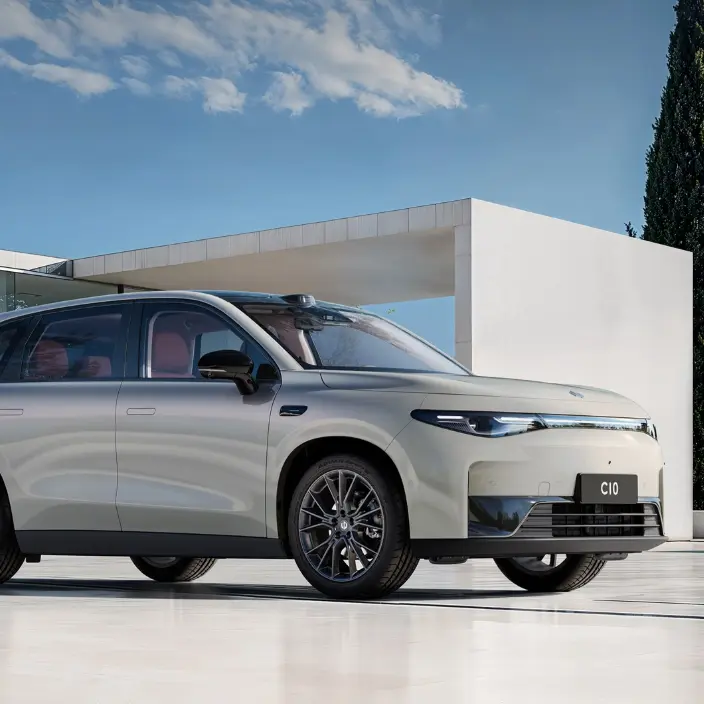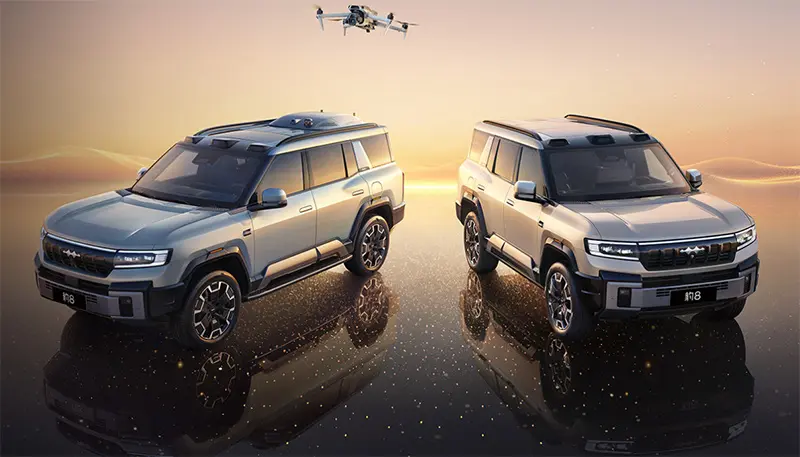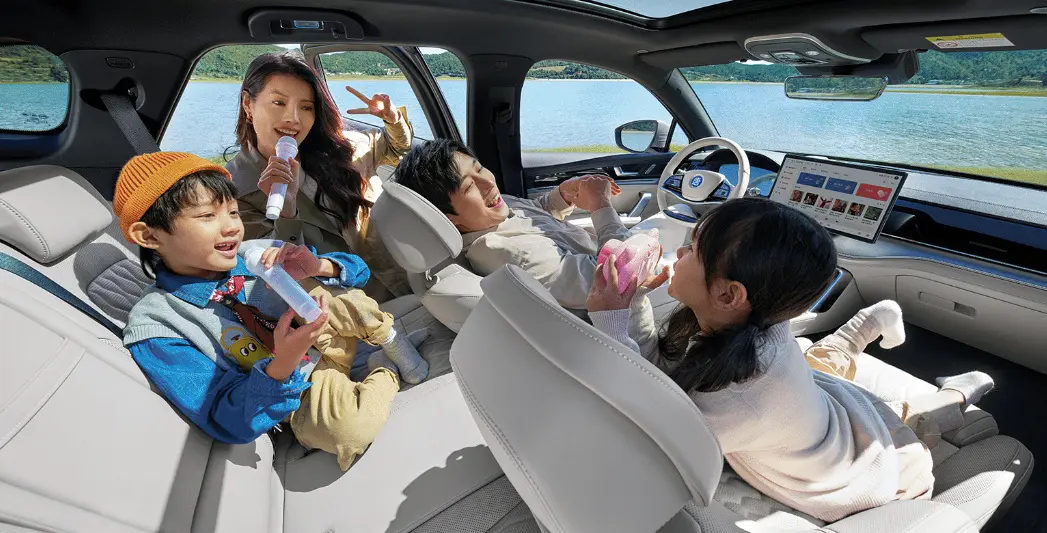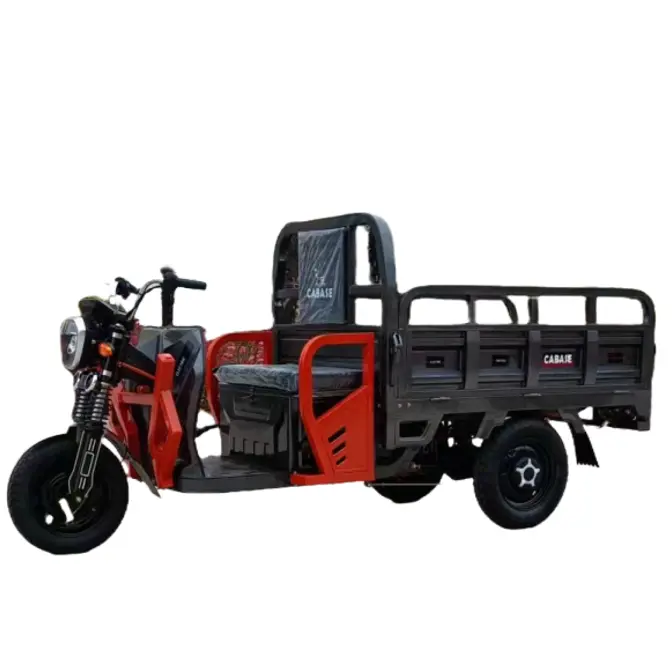| Among the core components of new energy Electric Vehicles, ternary lithium batteries and lithium iron phosphate batteries are the two mainstream choices. The differences between the two are clearly distinguishable from materials to application scenarios. |
The core materials determine the essential differences. The cathode of ternary lithium batteries is composed of nickel, cobalt and manganese (or nickel, cobalt and aluminum), containing scarce metals cobalt and nickel, and has a relatively high material cost. The cathode of lithium iron phosphate batteries is lithium iron phosphate, mainly composed of iron and phosphorus, without precious metals. The raw materials are easier to obtain and the cost is about 20% to 30% lower.
| The performance features each have their own emphases. Ternary lithium batteries have a higher energy density (200-300Wh/kg), better low-temperature performance (still maintaining over 70% capacity at -20℃), and fast charging speed, making them suitable for those who pursue long battery life and use in low-temperature environments in the north. Lithium iron phosphate batteries have a longer cycle life (3000-5000 cycles), outstanding thermal stability (decomposition only at 800℃), and higher safety. However, their capacity drops significantly at low temperatures (possibly to less than 50% at -20℃). | 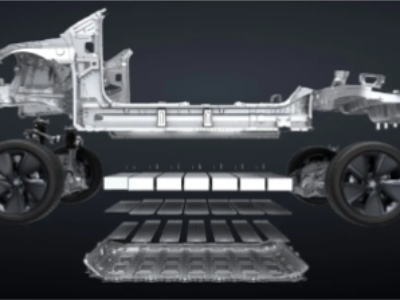 |
The application scenarios are naturally diverted. Ternary lithium batteries are mostly used in mid-to-high-end models with a range of over 600 kilometers (such as the long-range version of Tesla Model 3) and models in the northern market. Lithium iron phosphate batteries are commonly found in high-frequency usage scenarios such as Family Cars priced between 100,000 and 150,000 yuan (like BYD Dolphin https://www.tianliauto.com/byd/), ride-hailing services, and markets in warm southern regions. With the technology development, to "high nickel and low cobalt ternary lithium improve security, lithium iron phosphate by innovative structure make up the energy density board, but the" performance "and" practical "positioning difference, will still influence model selection for a long time.
| With the continuous advancement of technology, both types of batteries are developing in the direction of their respective advantages to meet the growing market demand. When choosing an electric vehicle, consumers should, based on their actual usage needs, driving habits, and the climatic conditions of the region where they are located, comprehensively consider the performance and characteristics of the battery to make the most suitable choice for themselves. Meanwhile, the continuous innovation of battery technology will also inject strong impetus into the development of the new energy vehicle industry, driving the industry to keep moving forward. | 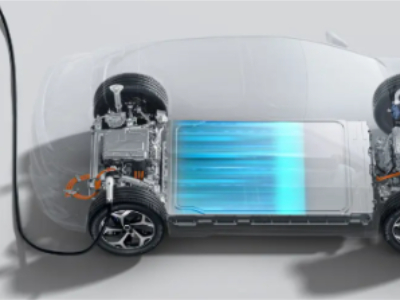 |


